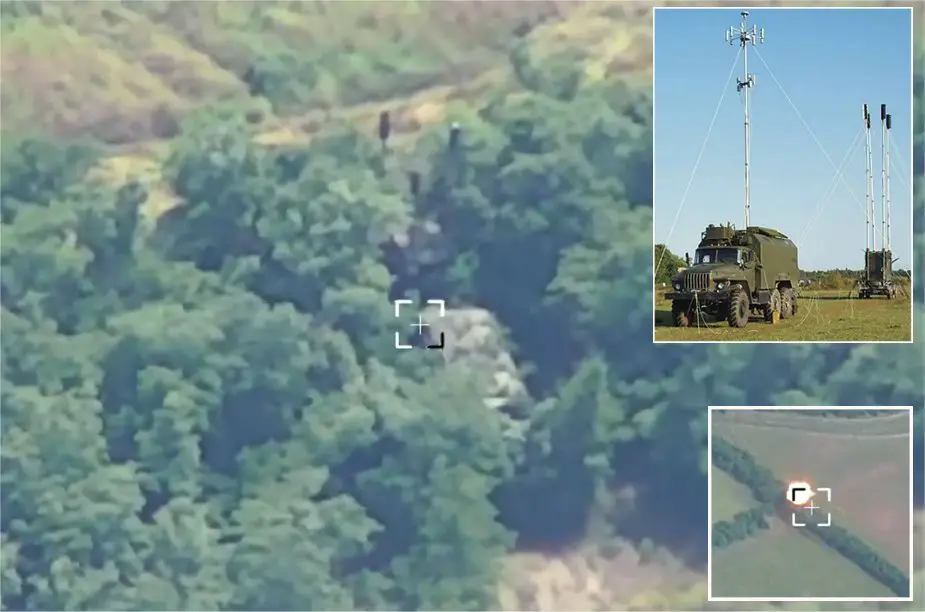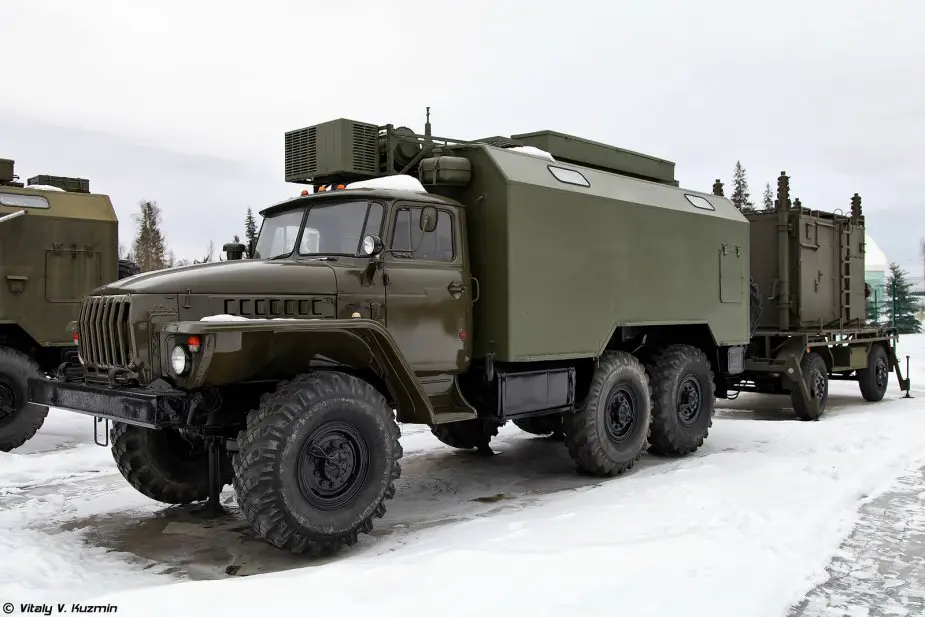- Army
- Conflicts in the world
- Israel - Iran conflict 2025
- Pakistan - India Conflict 2025
- Russia Ukraine War 2022
- Libya conflict day by day
- HAMAS - Israel War 2023
- Operation Serval in Mali French Army
- Sangaris operation Central African Republic
- Sangaris opération militaire République Centreafrique
- Ukraine - Russia conflict
- Syria conflict news
- Defence & Security Industry Technology
- Armies in the world
- Analysis Defense and Security Industry
- Conflicts in the world
- Navy
- Air
Ukrainian soldiers destroy R-330ZH Zhitel as third Russian electronic warfare system destruction in one day
In a tweet, NOEL reports on July 25, 2023, that a Russian R-330Zh Zhitel mobile electronic warfare system was located by a Ukrainian drone. Following this, the Ukrainian artillery carried out precision strikes, guided by the drone, resulting in the reported destruction of the Russian electronic warfare system. Remarkably, this marks the third reported instance of a Russian electronic warfare system being destroyed on the same day.
Follow Army Recognition on Google News at this link

Ukrainian soldiers destroy R-330ZH Zhitel as the third Russian electronic warfare system destruction in one day (Picture sources NOELreports and Army Recognition)
This report follows an announcement by the Ukrainian Special Operations Forces about the destruction of two electronic warfare systems: one Leer-2 mobile electronic warfare system, and one Tirade jamming system.
The R-330ZH, also named Zhitel, is a jamming communication station designed and manufactured by the Russian company Protek. The system is in service with the Russian army and deployed by the 18th Motor Rifle Brigade. The whole system includes a Ural-43203/KAMAZ-43114 truck with a shelter. The truck is the control center for the operators; its shelter is equipped with four telescopic active phased array transmitter antennas mounted on a four-wheel trailer. The R-330ZH is designed for the detection, analysis, direction-finding, and jamming of satellite and cellular phone communication systems operating in the frequency from 100 to 2,000 MHz. The jamming system provides analysis and selection of emitters’ signal parameters.
In reconnaissance, drones offer valuable advantages. Equipped with cameras and sensors, they provide real-time video and imagery from the air, enabling military personnel to assess the battlefield, monitor enemy movements, and gather intelligence without risking the lives of ground troops. Drones also aid in target identification, helping verify potential threats before initiating larger military operations, which may reduce collateral damage and enhance the precision of subsequent strikes.
Additionally, drones contribute to force protection by surveying areas ahead of troops, and identifying potential hazards, obstacles, and ambushes. This information enhances situational awareness and safeguards soldiers during missions. They also find use in border surveillance, monitoring illegal crossings, smuggling activities, and potential security risks.
In artillery strikes, drones play a crucial role in identifying enemy positions and providing precise targeting. This can lead to more accurate and effective artillery strikes, potentially minimizing the impact on civilian areas. Real-time feedback from drones also allows for timely adjustments based on changing conditions and enemy movements.
The quick deployment and response time of drones offer advantages in supporting ground forces during operations. By guiding artillery strikes, drones may reduce risks to soldiers by keeping them at a distance from the frontlines.

A Zhitel R-330ZH in road position, all antennae folded down (Picture source: Vitaly Kuzmin)


























